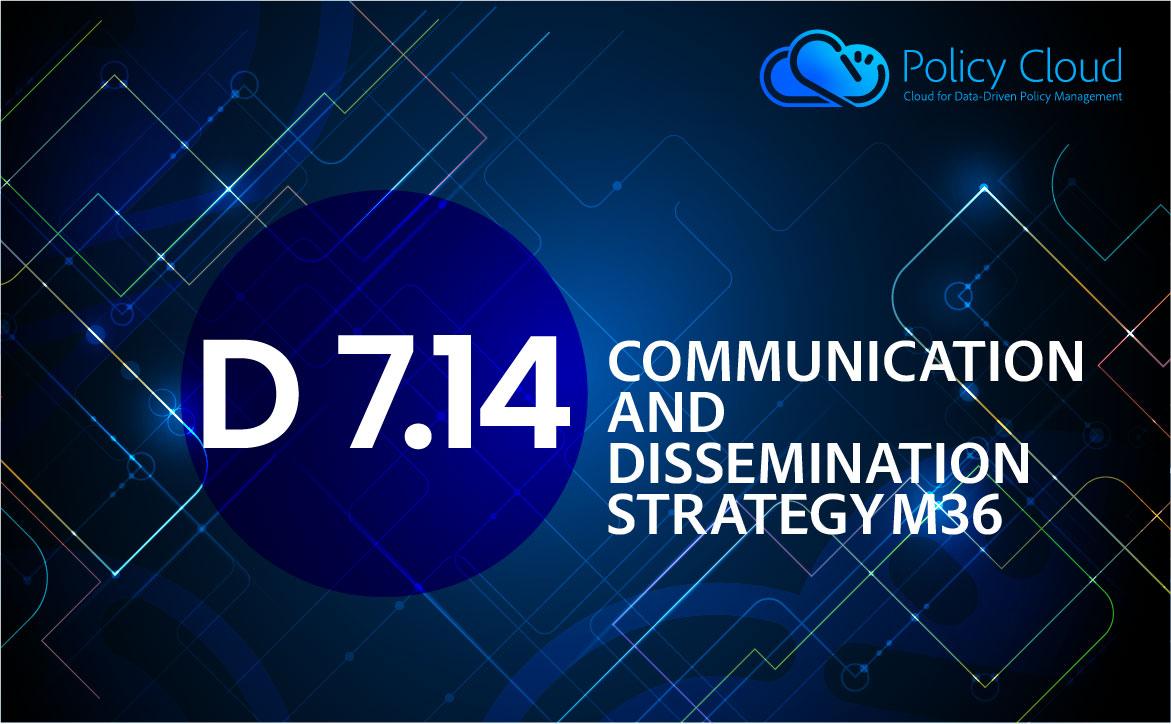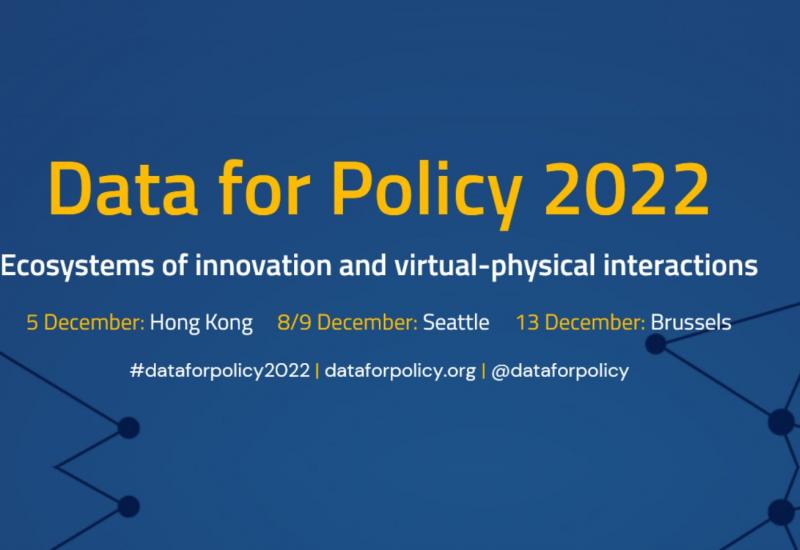
- Cloud for Data-Driven Policy Management
- Contact Us
- Join our community
- Login
D7.14 COMMUNICATION AND DISSEMINATION STRATEGY M36

Submission date:
Thursday, 5 January, 2023
WP:
- WP7: Communication, Exploitation, Standardisation, Roadmapping & Business Development
Via three strategically designed pilot use cases coordinated in Bulgaria, Italy and Spain, PolicyCLOUD delivers a unique, integrated environment of curated datasets and data manipulation and analysis tools of fundamental importance to stakeholders across Europe.
The aim of PolicyCLOUD is to harness the potential of digitisation, big data and cloud technologies to improve the modelling, creation and implementation of policies. From a communications perspective, this goal requires reaching and engaging a broad range of critical stakeholders including policy makers and the big data community through carefully planned communication and dissemination activities and rich, consistent and relevant content.
In October 2020, the EC approved its new Open-Source Software Strategy 2020-2023, a part of the overarching Digital Strategy of the Commission and contributing to the Digital Europe programme. PolicyCLOUD contributes to this strategy through its use and upstream contributions to open source.
Moreover, with the Data Governance Act of November 2020 the European Commission proposed new rules on data governance. Their aim is to exploit the high amounts of data created every day, but within a trustworthy European framework. These new rules allow European data to be harnessed and allow specific European data spaces to benefit society, citizens and companies. The Commission has proposed nine data spaces in February 2020’s data strategy, ranging from industry to energy, and from health to the European Green Deal. PolicyCLOUD is exactly the type of instrument which is able to exploit these large quantities of data in order to benefit society, citizens, and companies, while protecting the data and ensuring GDPR standards are maintained.
This Communication and Dissemination Strategy is the third and final in a series of three deliverables. It details the specific communication and dissemination activities implemented, the innovation and policy landscape it is set in, the stakeholder groups targeted, and the tools used over the life of the project to support the achievement of project goals.
Section 1 enlarges on the project objectives and provides an overview of the communication activities that supported them. The stakeholder groups are also defined along with the benefits each derives from the project. And includes a summary of changes for year 3.
Section 2 presents the key pillars of the communication strategy, namely the PolicyCLOUD Services, the pilot use cases, and the key exploitable results.
Section 3 explores the relevance of the project within the broader European landscape particularly as regards prevailing digital policy, the creation of the EOSC, and EU funding priorities as evidenced by Horizon Europe.
Section 4 describes the communications tools and channels which were used, both on and offline.
Section 5 describes the workshops, webinars, podcasts and other events planned for stakeholder engagement and end user onboarding. The reality of COVID-19 affecting these events is addressed in this section.
Section 6 presents the online dashboard and associated impact monitoring and measurement tools which were used throughout the duration of the project.
Section 7 provides concluding remarks.


